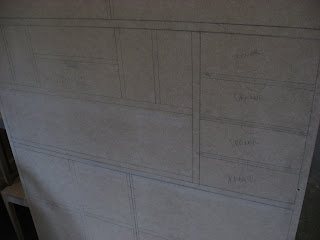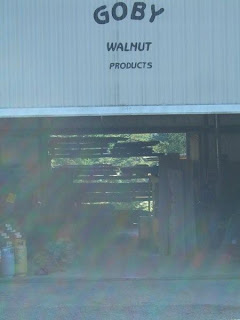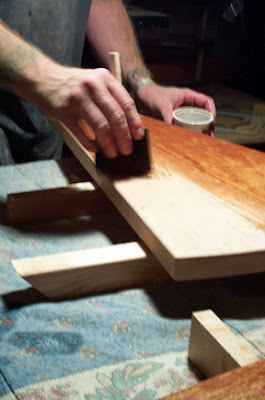
This Shaker style box made from quarter sawn cherry is one of the most rewarding pieces I have made. It was made to hold the personal belongings of a local pilot whose plane crashed near Everett, WA. I modeled the piece after a blanket chest design.

His son brought me the remnants of a small cherry sapling that was burned at the crash site. You can see the branch here cleaned and debarked.

I sliced it across the grain, bedded it into black gelcoat, and sanded it flat. I then set that panel into a cherry frame and used it for the bottom of the box.

The inset lock allows for an authentic shaker look with the ease of a modern function. Like the box, the key is a bit more elaborate than most original shaker designs, but I like the updated touches.

The hinges are called quadrant hinges and work as both the hinge and lid support. These are manufactured in New York by Brusso, a company founded by a cabinetmaker frustrated by the low quality of furniture hardware.

























